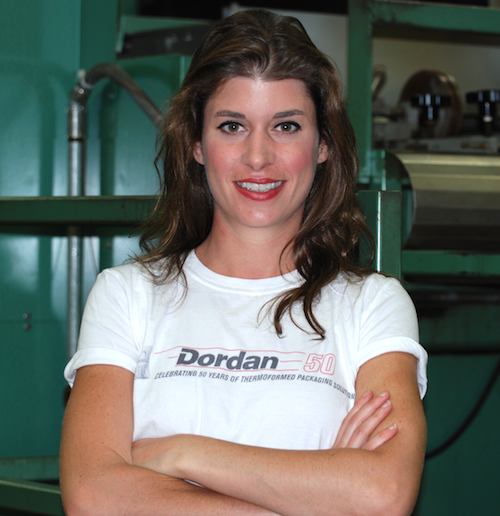Woodstock, IL—October 3rd, 2017—Custom thermoforming company Dordan Manufacturing, in celebration of its 55th anniversary October 25th, hosts a tour with representatives from the City of Woodstock and Mayor Brian Sager. This is the first time Dordan has hosted a tour with the City of Woodstock since it moved to Woodstock from Chicago in the early 1990s.


